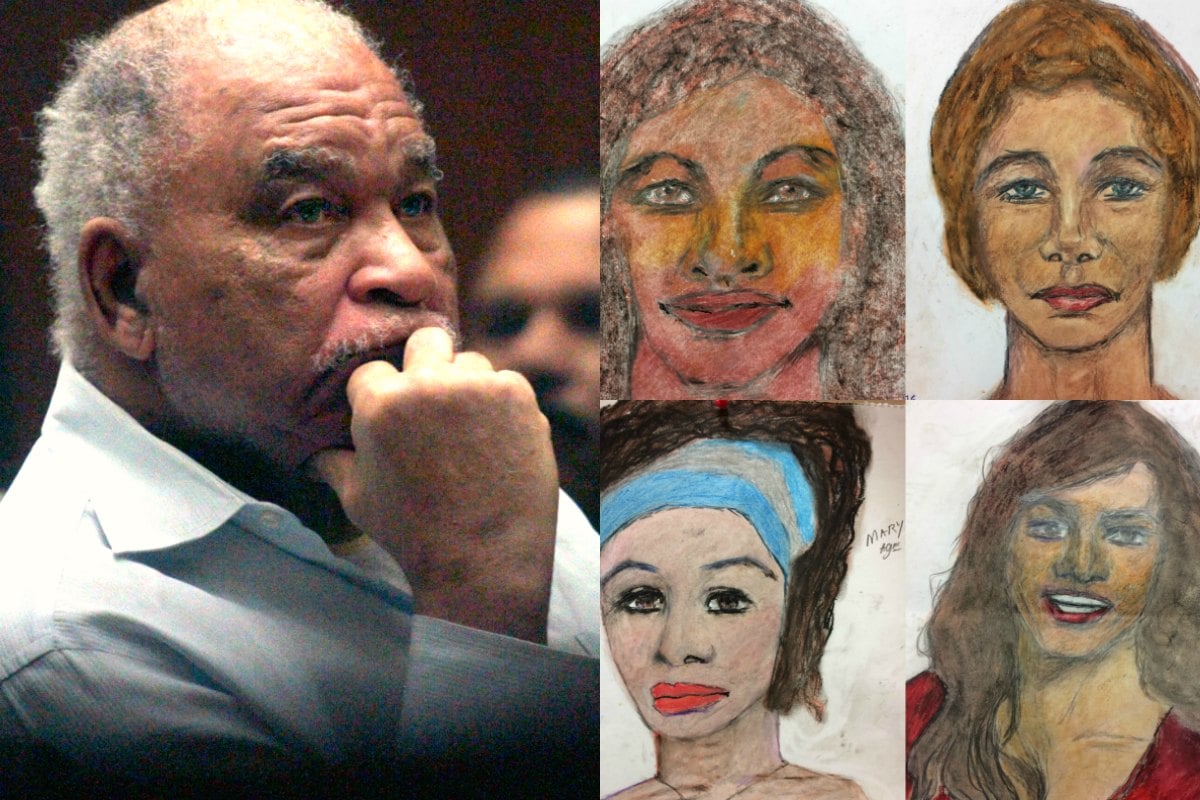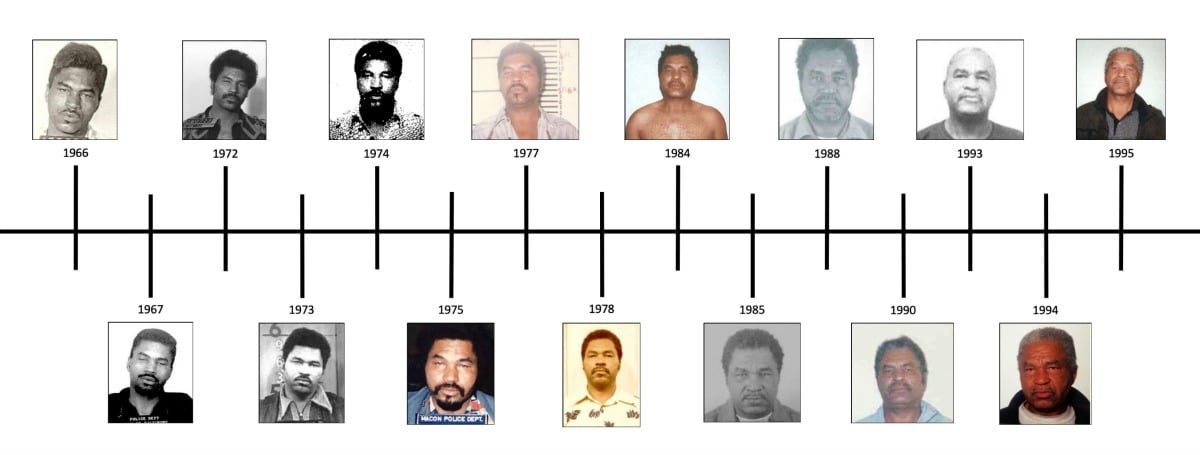
Samuel Little is officially the worst serial killer in US history. He’s confessed to murdering 93 women between 1970 and 2005. That’s three times as many as Ted Bundy. This week, the FBI put out a statement saying that Little’s confessions are “credible”.
So who is he, and how did he get away with killing so many women over such a long period?
Little is now 79 and confined to a wheelchair. But when he was younger, he was a boxer. Detectives have described him as a “charismatic psychopath”.
His mother was, as he puts it, “a lady of the night”. He was born in Georgia, possibly in jail, and he was raised mostly by one of his grandmothers in Ohio. By the time he was 16, he was already in trouble with the law, being sent to juvenile detention for breaking and entering.
As an adult, Little drifted from state to state. He was arrested for a range of crimes, including armed robbery, rape and aggravated assault on a police officer. For some reason, he never spent long in jail.
“It’s the craziest rap sheet I’ve ever seen,” Los Angeles deputy district attorney Beth Silverman told the Star Advertiser. “He’s gotten break after break after break.”
